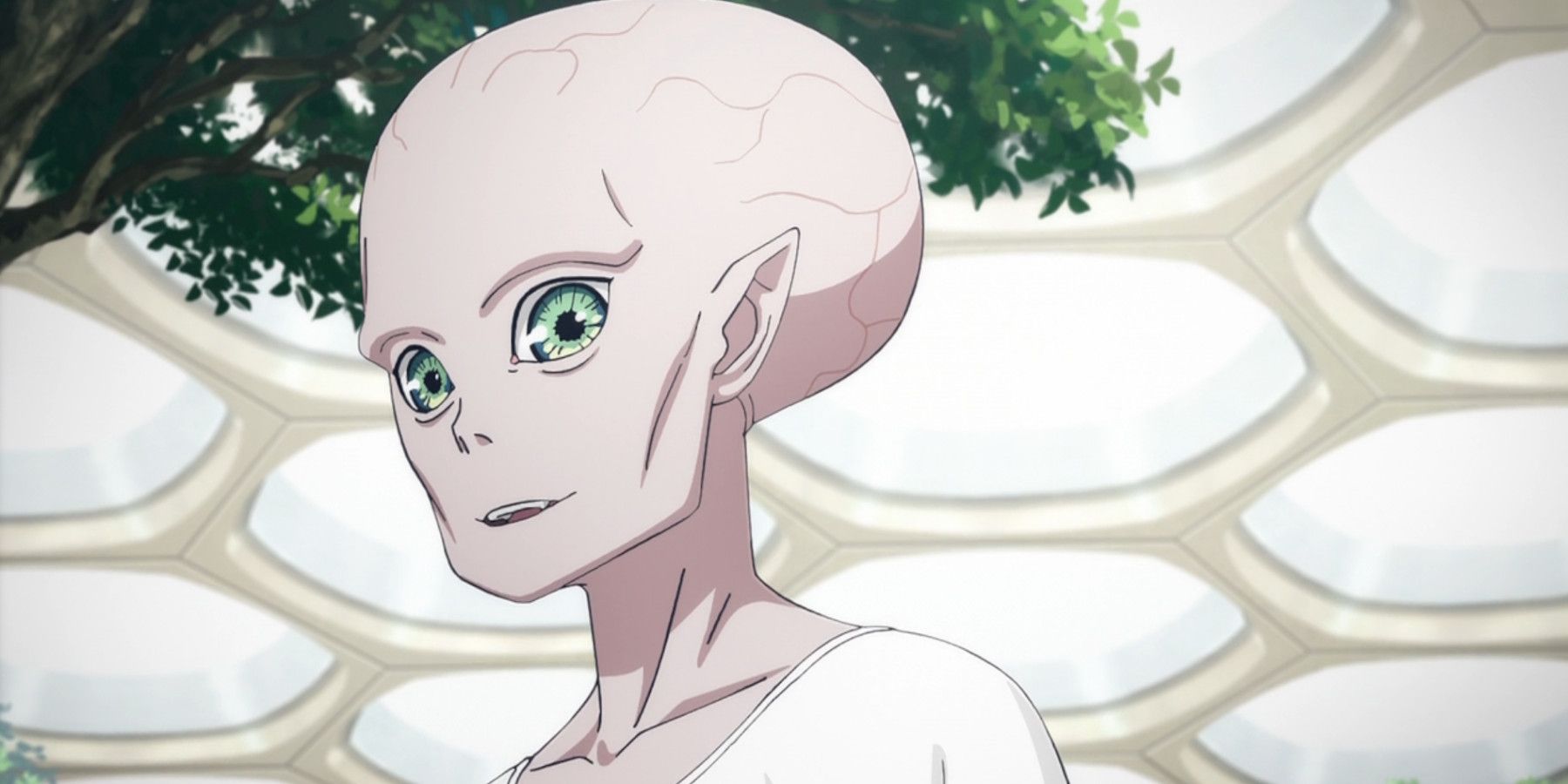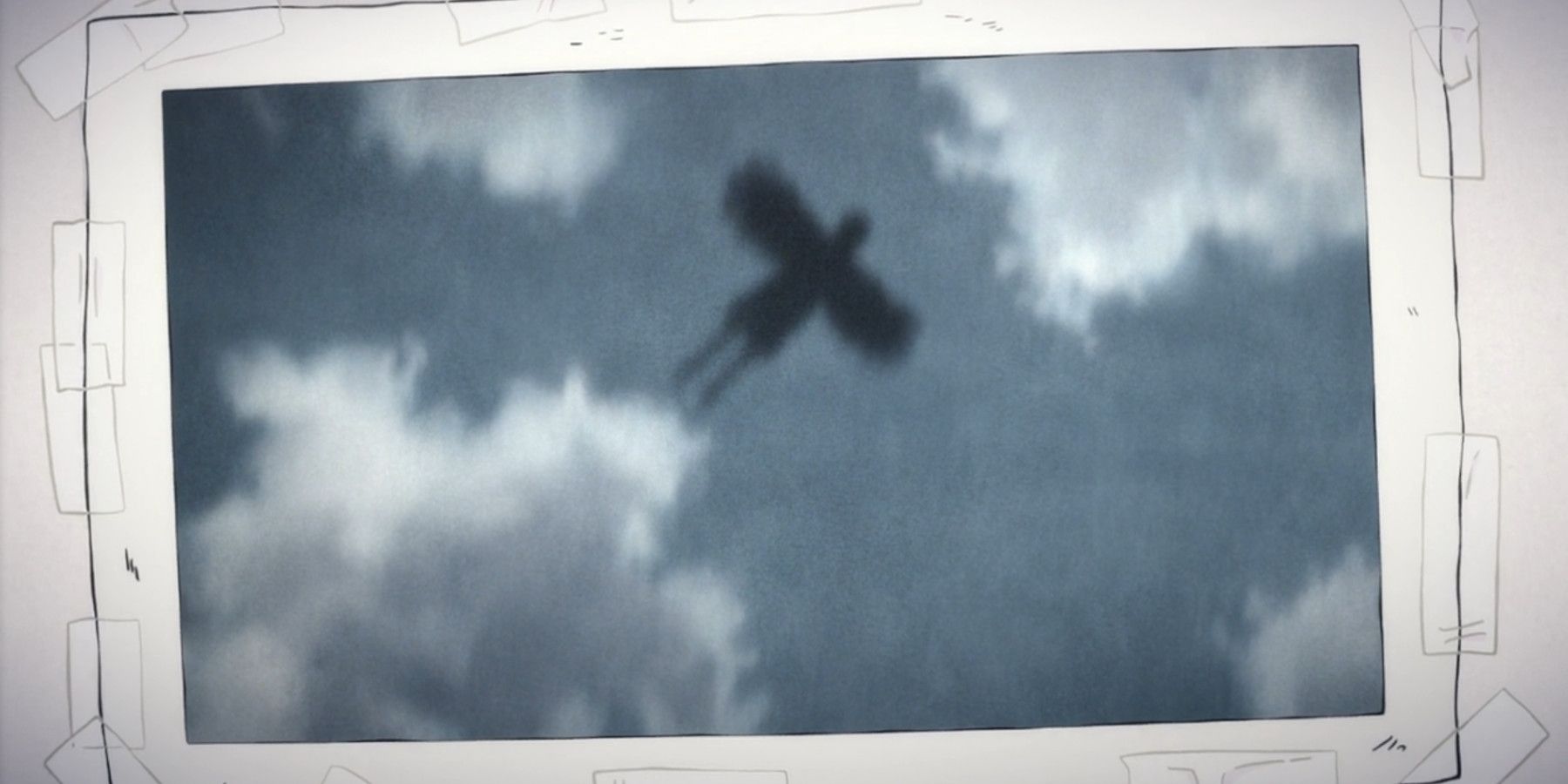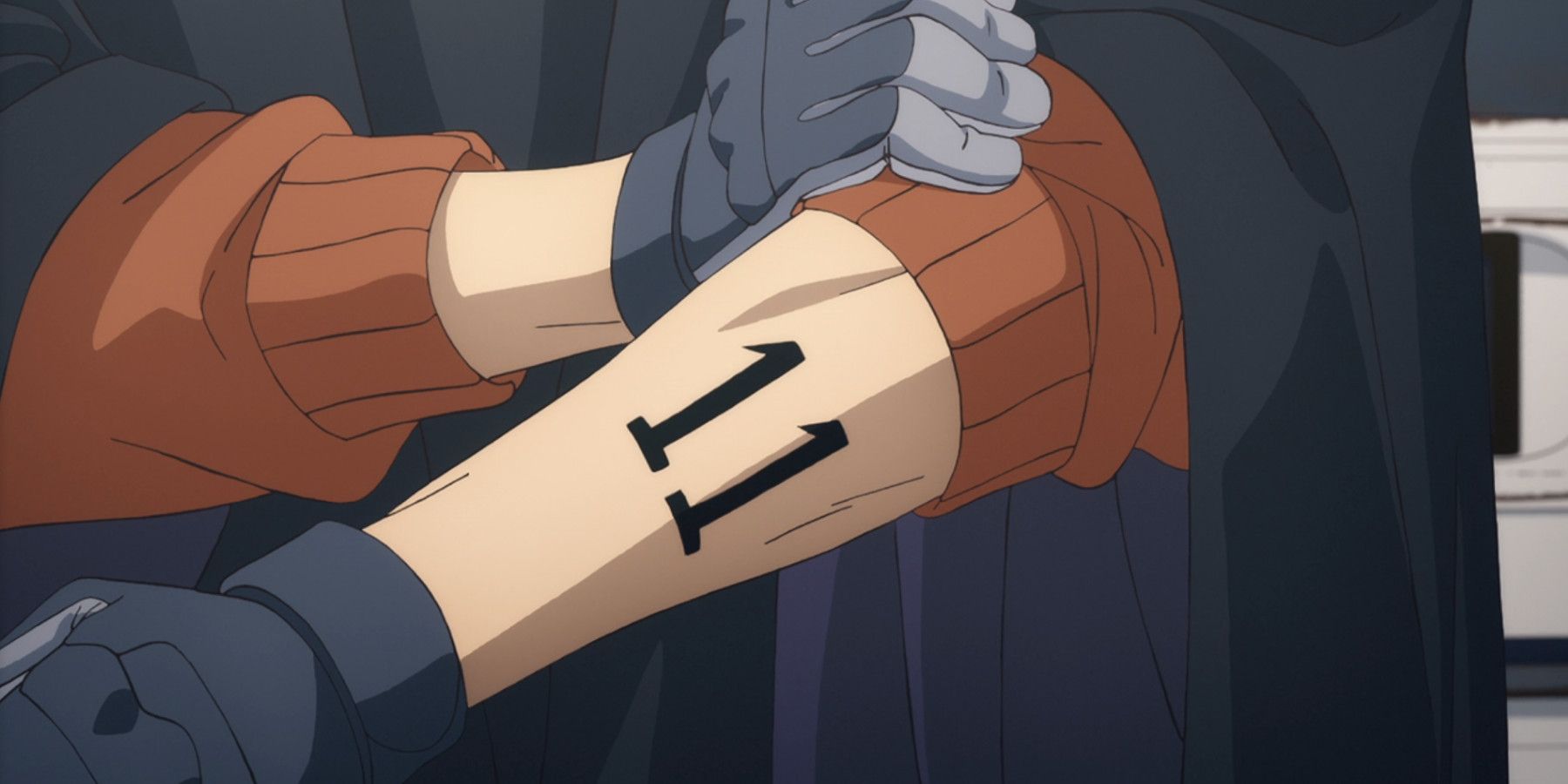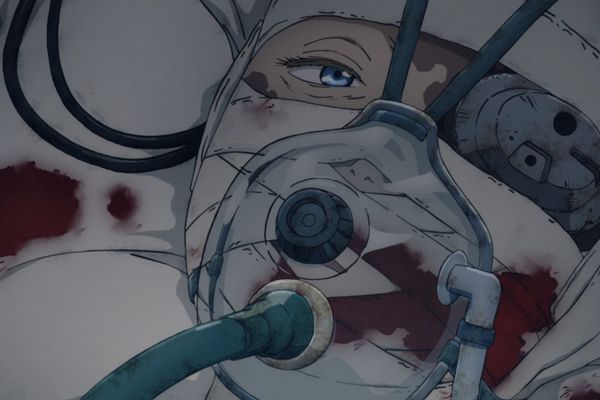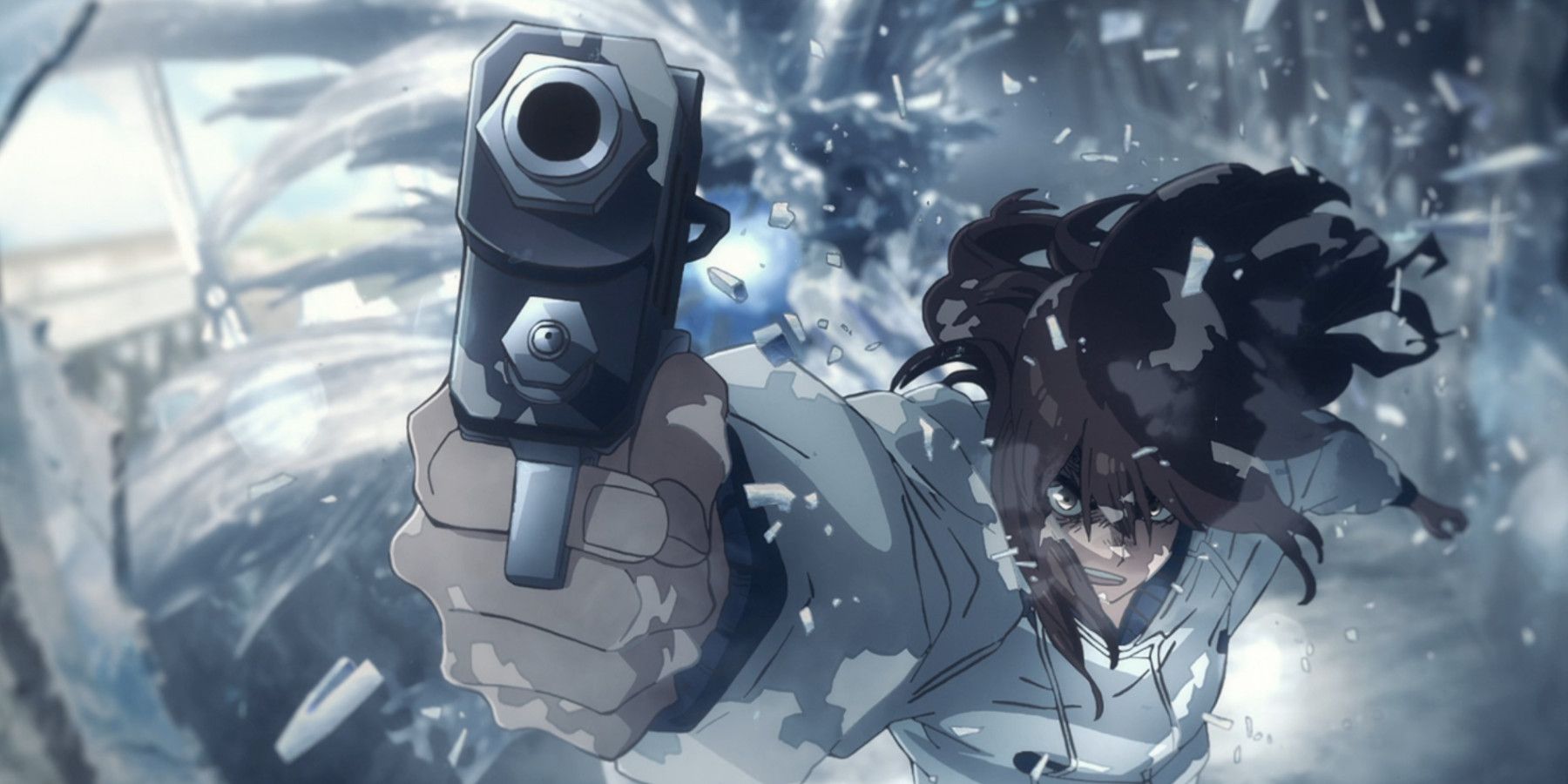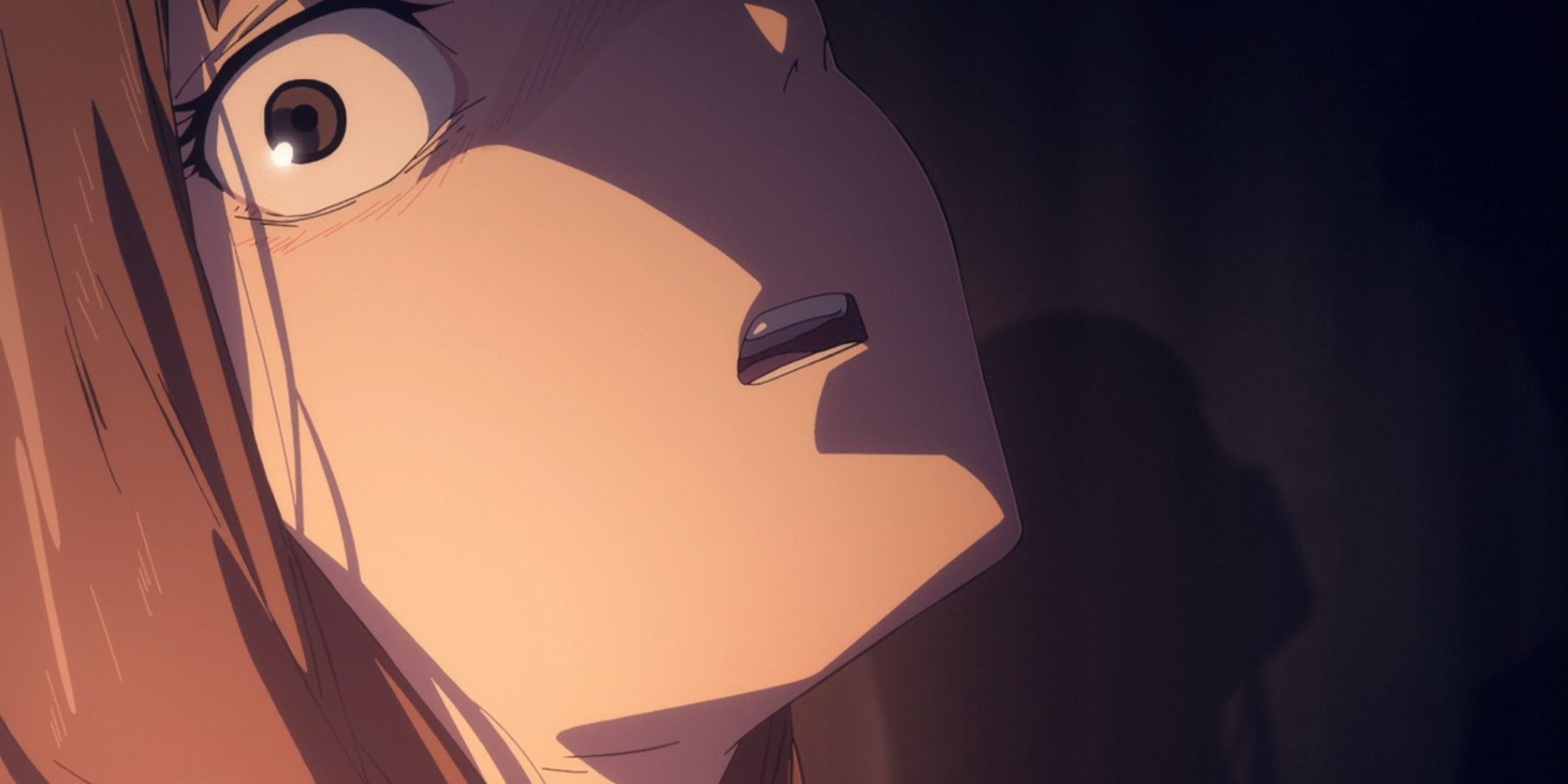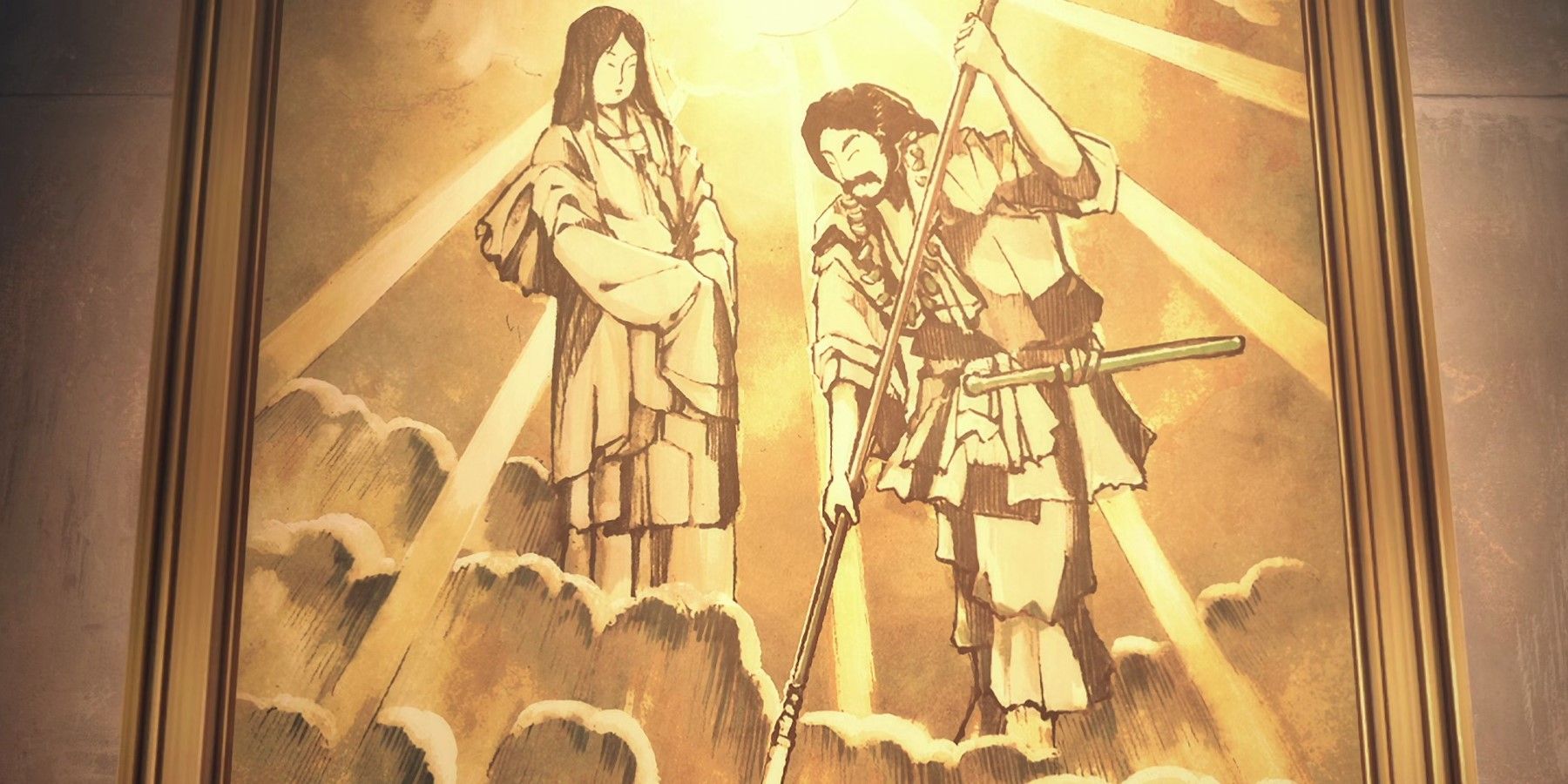
Worldbuilding Deception: Truths and Tales

Experience the thrill of unraveling illusions in Heavenly Delusion's latest episode as viewers discover the truth behind the Three Theories, Grains of Truth, and Juichi's Tale
Heavenly Delusion has been building up mysteries about its world right from the start, but now it seems like the show is equally skilled at deceiving its viewers. With the two storylines inching closer to each other, the focus has shifted from what the show is trying to convey to how it's conveying it. Beware of spoilers!
In Episode 5, "Day of Fate," we were introduced to various theories about the end of the world, with the suggestion that it may have been due to war. Despite Kiruko dismissing it as a mere fable, it highlights the uncertainty surrounding the origins of the dystopian world in which they live.
The Three Theories
"Children of the Nursery" proved to be a nail-biting episode. The opening flashback revealed Asura's surprising alien appearance when they were still alive. Despite standing out in the group, nobody questioned their abilities, adding to the strange yet impactful feel of the scene.
Kiruko and Maru encountered Juichi, a traveling scavenger who also traded in stories like a bard of the post-apocalypse. He shared stories that might be true in exchange for money, but he was suspicious and not a particularly credible narrator. Despite this, there was something about his words that rang true, even if just a little. Juichi told them about the three biggest stories that have been concocted since the Great Disaster to make sense of what happened - the asteroid theory, the alien invasion theory (which had already been confirmed to be false in the last episode), and the war theory. This time, the war theory was accompanied by the suggestion of a terrorist attack and a "special weapon."
Grains of Truth
Juichi's storytelling in the newest episode is intriguing because the theories he presents are deceptively simplistic. However, when considered collectively, they weave a compelling narrative. For instance, it's possible that the infection affecting the kids in the orphanage, which transforms people into man-eaters, originated from an extraterrestrial life form. In fact, the man-eaters are a blend of different organic parts from various creatures, much like the monsters in the movie Annihilation. Additionally, there's the mysterious Asura to consider.
While Juichi's picture of a bird is dismissed by Kiruko, the audience is privy to the sight of Asura - a creature with the ability to sprout wings that bear a striking resemblance to those in the photo. The war theory appears to be the most plausible explanation for how the two aforementioned factors merged to form a deadly combination for human civilization.
Juichi's Tale
Juichi's second story is deeply unsettling and the editing only adds to the eerie atmosphere. Despite the familiar setting of the nursery, he claims to have been born within the walls of a school. As his story unfolds, it is intercut with a boardroom meeting of the nursery staff, creating an ominous tone that leaves the audience with haunting implications.
Initially, the transition between narratives appears to be a mere coincidence. However, as Juichi continues his tale, it becomes evident that his story is vastly different from the nursery we have been shown. He recounts a society ruled by women, reminiscent of Mad Max, where men are either killed or used for procreation. Tragically, Juichi lost his child in this brutal world.
As the story unfolds, the audience is provided with several clues that suggest Juichi's account may not be entirely accurate. The hidden clue and the revelation that his branding tattoo is a fake raise doubts about the veracity of his story. Despite the sensational and exaggerated nature of his tale, there is an underlying truth that resonates with the audience due to their connection with both narratives.
The editing and storytelling in Heavenly Delusion are skillfully employed to blur the line between truth and fiction, leaving the viewer with a sense of uncertainty. The character of Juichi serves as a prime example of the show's narrative style by weaving significant plot points into hearsay and rumors, adding depth to the world-building. This approach proves that misleading the audience can be an effective tool in storytelling.
